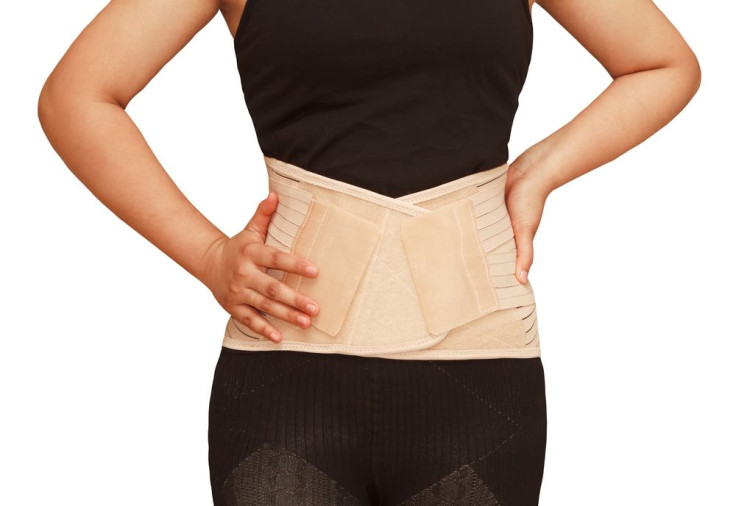
Shapewear may seem like a relatively new concept--it really caught the eyes of consumers after Spanx became a household name--but the reality is that is has existed for centuries. In fact, the earliest form of what we now know to be shapewear can be traced back to the Ancient Greeks (2900 BC), who wore girdles and ancient bras called 'mastoeides' to push their breasts out. By the 16th century, women wore steel corsets to minimize their torso and bust and sported petticoats called 'farthingales' to create a voluminous lower body. The corset trend remained mainstream throughout the Victorian era until the early 20th century, when women wore binding bras, teddies and camisoles to hide their curves. The anti-curve shapewear came to a stop in the 1930s, when girdles focused on creating curves instead of hiding them. The corset trend carried well into the 19th century when Victorian women would create an unnaturally small waist and it wasn't until the 20th century that bras became mainstream to bind breasts. In the 1930 to 1950s, girdles were used to create shape and then trend carried into the 1970s.
Flashforward to the present, and shapewear has a strong hold in our society and in the lives of women who just want a little extra support. Shapewear, once again, became a household name as Sara Blakely created Spanx, and in turn, a multi-billion dollar empire helping women achieve their ideal body. With celebrity endorsements and confessions, shapewear has skyrocketed in demand and if the sales are any indication, they're not going anywhere. One walk into the women's undergarment aisles at a department store, then you'll notice that there are just as many shapewear options for women as their are varities of bras and underwear.
In a new feature, The Huffington Post outlines some of the not-so-shocking yet surprising reality of shapewear: They're not exactly safe. Gastroenterologist Dr. John Kuemmerle explains to the Huffington Post that shapewear squeezes your organs, especially your stomach, intestine and colon. Why does it matter? It can worsen acid reflux and heartburn and instigate erosive esophagitis. What's more, Dr. Kuemmerle explains that shapewear can affect your digestive tract by stifling their functions which causes temporary symptoms like abdominal discomfort, bloating and gas. Chiropractor Dr. Karen Erickson adds: "You've got all of this pressure on your bladder from the shapewear pressing down. If you postpone urinating, it can cause stress incontinence, where you leak, or it can exaggerate stress incontinence with people who already have it." And the side effects don't end there--they can provide an ideal environment for an infection, result in weaker muscles, and cause tingling, numbness and pain in your legs.
But before you get ready to toss out all your shapewear, know that in moderation, it can serve its purpose without hurting you. "Everyone I know owns shapewear -- it's kind of a miracle," said Dr. Erickson. "But I think we want to be mindful to not wear it on a day-in and day-out basis." She adds: "You really want to pick shapewear that actually fits you. You want it to do its job, but you don't want to get something so small that it's damaging you."
© 2025 Latin Times. All rights reserved. Do not reproduce without permission.




